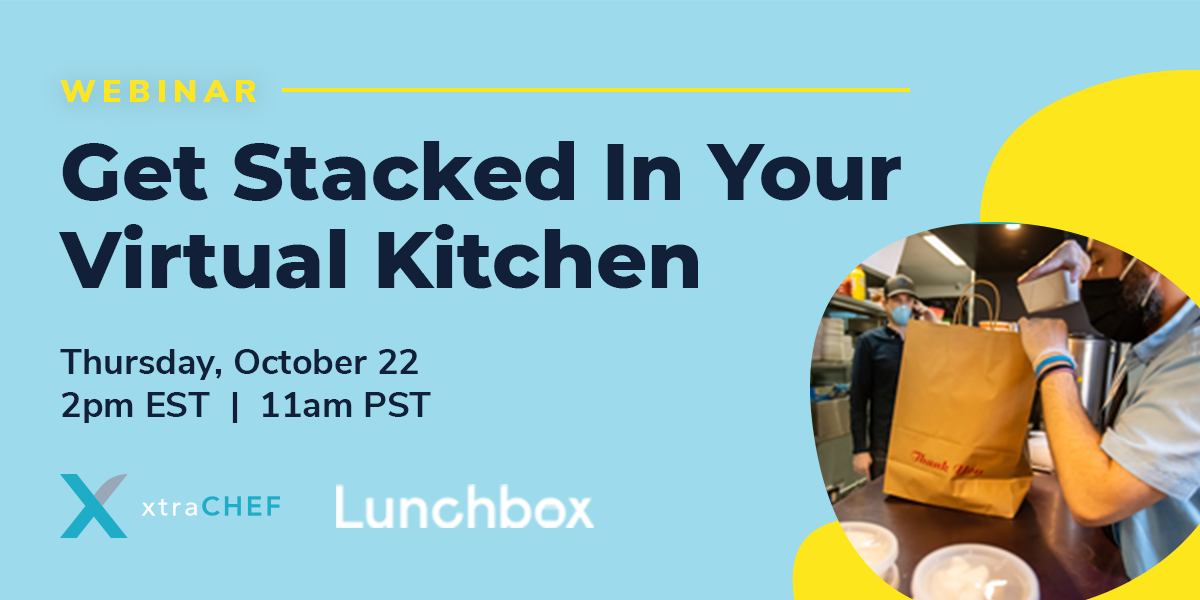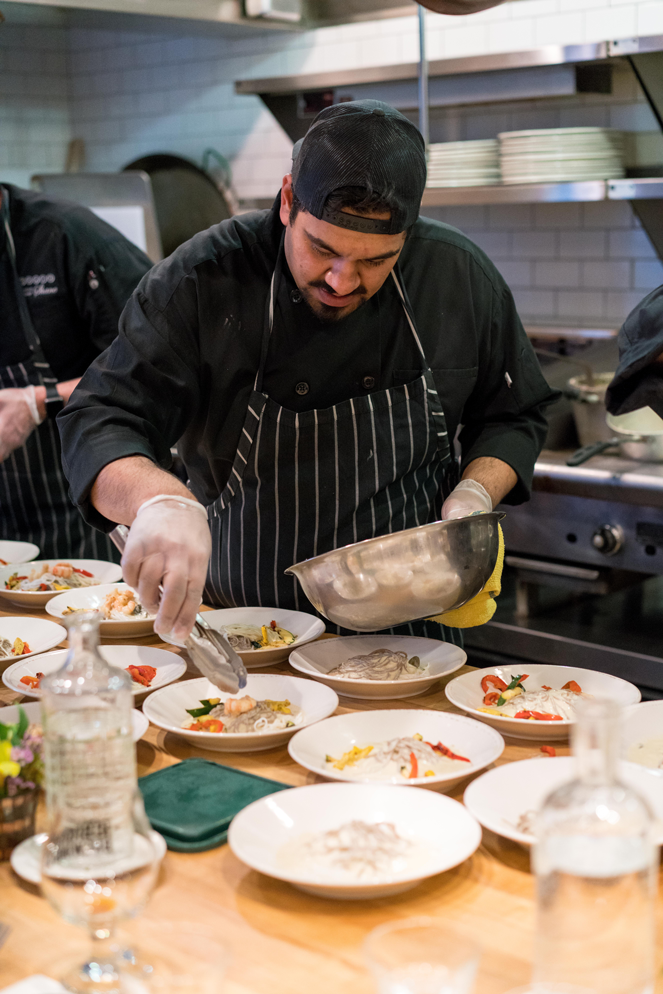Control Virtual Kitchen Costs with These 3 Tips
A recent study conducted by the National Restaurant Association showed that 60% of restaurant orders occur off-premises—a fancy way to say that the majority of consumers are now enjoying restaurant-prepared meals outside of an actual restaurant.
The research was published in October 2019, months before COVID-19 changed the hospitality industry as we know it. Forced to close their doors for months, restaurant owners were completely dependent on takeout and delivery for income, even if they had never offered it before.
Every restaurant that chose to continue operations like this essentially became virtual kitchens overnight. Virtual kitchens, also known as ghost, dark, or cloud kitchens, are used by restaurants to cook and fulfill off-premise orders. Rather than accepting on-site orders, virtual kitchens facilitate orders through a native app or website or a third-party platform.
As off-premise dining continues to grow and future shutdowns remain a possibility, virtual kitchens become more and more appealing for operators. Restaurateurs who want to try new concepts can do so in their existing locations, without sinking six figures into prime real estate and interior design, and no seating means there’s no front of house staff to pay.
Sounds appealing, right? But before you dive into a virtual kitchen project or continue running a virtual kitchen as usual, consider that restaurant food costs become the main controllable expense in virtual kitchens—so you must be ready to keep your best control over them yet.
Get a firm grip on food cost control with these three key tips.
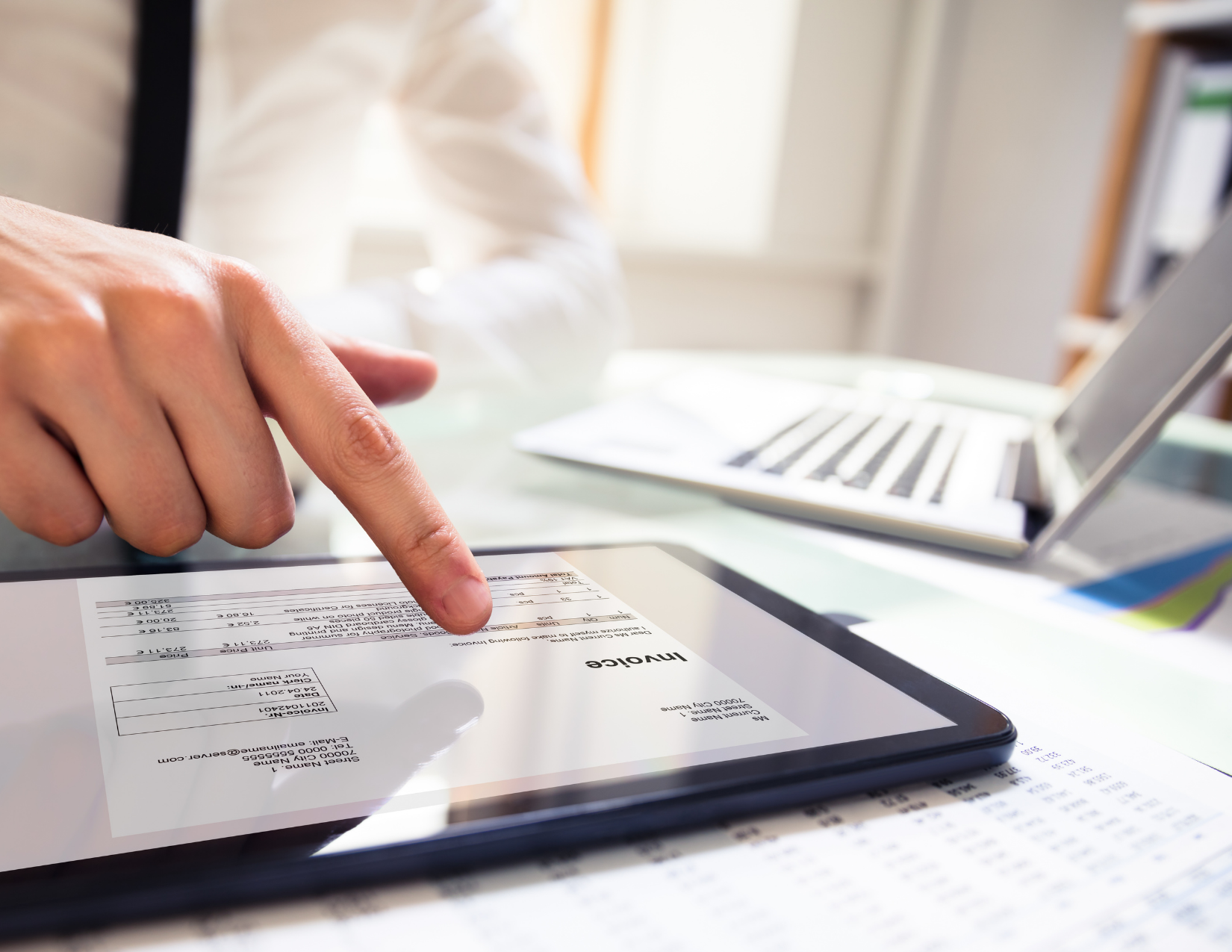
Automate for accurate food cost data
Cloud-based restaurant management software offers opportunities for restaurant operators to automate restaurant AP, or accounts payable. Though it seems like it would only benefit finance teams, the data collected by this automation opens up a huge opportunity for better insight into food costs.
Best-in-class AP automation offers error-free data that cannot be guaranteed by manual data entry. By digitizing invoices and automating General Ledger coding, the element of human error is removed, so the numbers are always accurate. There’s also significantly less time needed to upload and analyze invoices—by using automation, food cost data is available in real time, so virtual kitchen operators can make timely decisions for higher profit margins.
Not only does AP automation further reduce labor costs by eliminating the need for humans to process invoices, but it also opens the opportunity to easily integrate with other software solutions for food cost control, like recipe and restaurant inventory management, offering clean and timely data across the board.
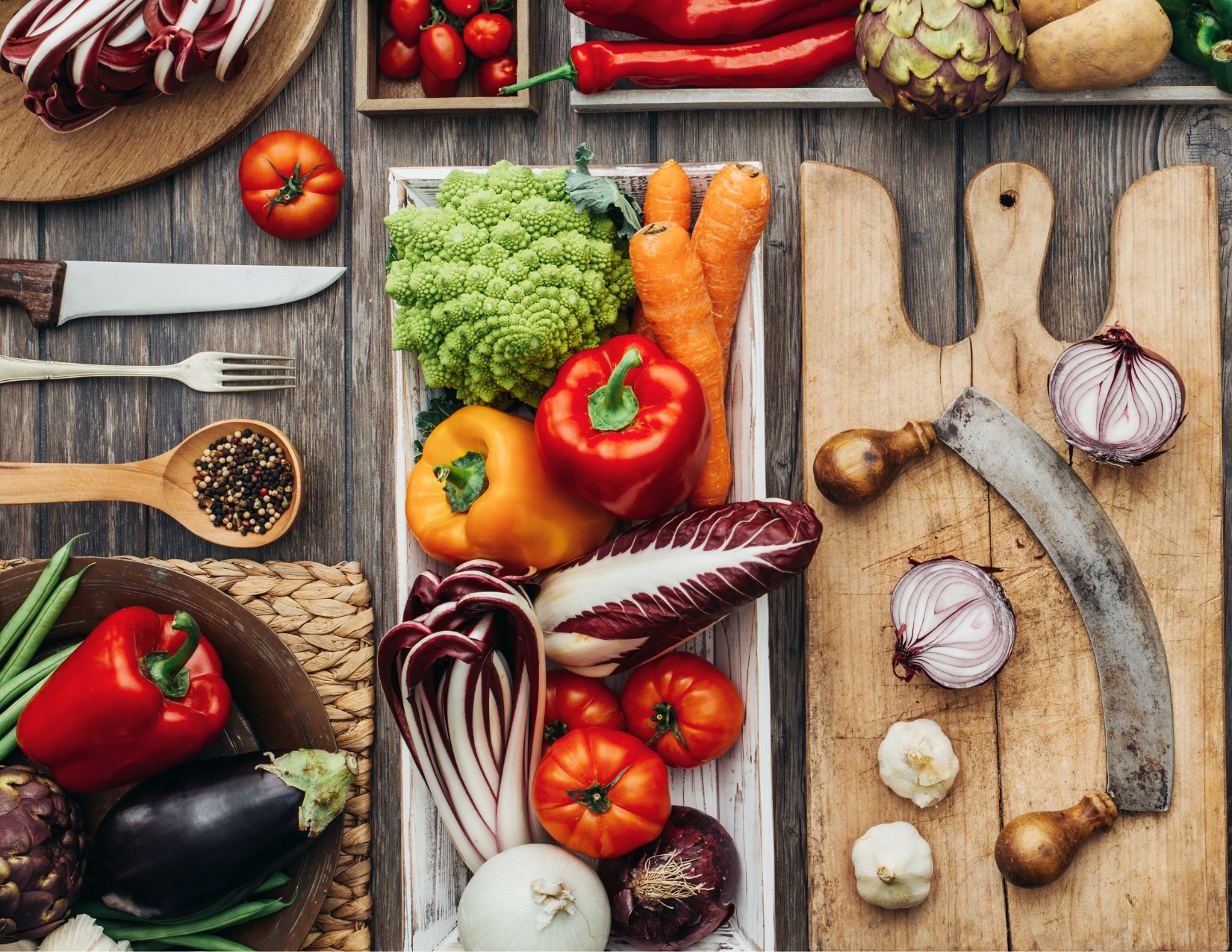
Rethink recipe management
Most restaurants don’t bother with regular recipe management and maintenance because of how complicated and time-consuming it is. Even when the cost of each menu item is calculated, it’s often done with outdated pricing information, so the results aren’t even a correct reflection of the true plate cost!
Knowing the true cost of every menu item is crucial in virtual kitchens that depend on close food cost controls to maximize margins. But it simply can’t be done manually in order to get the real-time numbers that operators need.
Luckily, recipe management software allows restaurant operators to not only calculate plate costs, but also see how those plate costs change over time based on the latest data pulled from incoming invoices. The strongest solutions also give operators the opportunity to factor in packaging costs—which is critical for virtual kitchen plate costing—and see if menu items are maintaining profitability.
Virtual kitchen operators should also strongly consider recipe management solutions that offer drag-and-drop functionality for easy recipe experimentation. If you’re finding that a profitable menu item, like pizza, is in high demand with customers, a drag-and-drop interface can allow you to find variations on the core offering to expand menu options and create even more profitable plates.
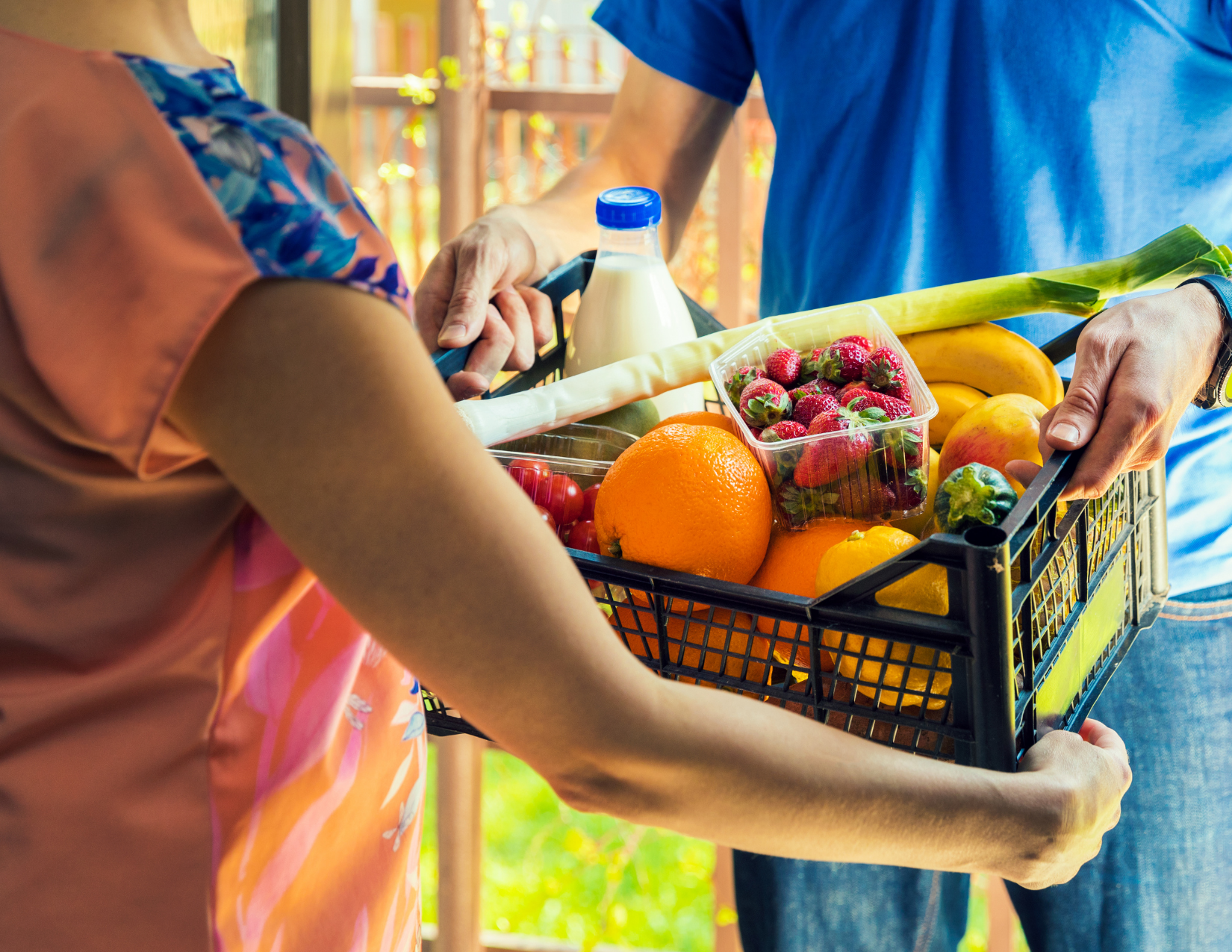
Leverage data for procurement
Another challenge from 2020? The price of food has had its highest jump in the past 46 years. But at restaurants, food must be purchased in order to run the business, no matter the price. Ingredient prices may be out of control, but vendor partnerships remain squarely in the hands of operators.
Food costs can be drastically decreased across the board if there’s a tighter leash on procurement. By leveraging historic purchase price data from vendors, virtual kitchen operators can empower themselves with the information they need to see if they’re getting scammed or getting a deal.
The right software can offer insight into vendor prices automatically; no complicated Excel formulas or digging through months of paper invoices are required. With the right solution, operators can easily compare vendor prices, automatically track how ingredient prices shift over time, and leverage historic data to negotiate contract pricing, allowing the restaurant to have a much clearer idea of what their food costs will be with each purchase—and lower their average food costs along the way.
Get more expert advice on running virtual kitchens
Automating accounts payable and better recipe and vendor management are just a few of the considerations that operators should make when running a virtual kitchen.
In our upcoming webinar with Lunchbox, Get Stacked In Your Virtual Kitchen, we’ll cover more of those considerations—along with the tech solutions that address those issues to set you up for success.
Register for the webinar today!
